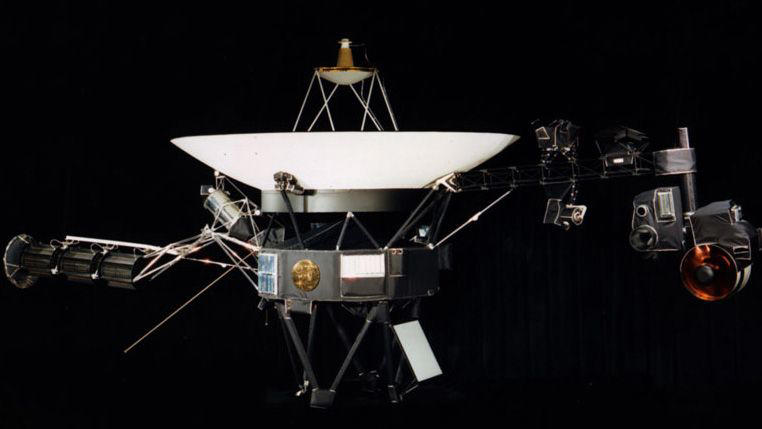Voyager 1 Communication Blackout: Explore the challenges faced by NASA as Voyager 1 encounters communication problems while journeying into interstellar space. Learn about the implications of this issue and its impact on scientific research.

Voyager 1 Communication Blackout
Voyager 1, our farthest-reaching spacecraft, is encountering a troubling communication blackout as it ventures into interstellar space. Let’s delve into the complexities of this issue and its ramifications for scientific exploration.
Understanding Voyager 1
Voyager 1, launched back in 1977, has been a beacon of exploration, sending invaluable data back to Earth from the outer realms of our solar system. It’s surpassed all human-made objects in distance, currently residing about 14.9 billion miles away – a staggering 163 times the Earth-Sun distance.
The Emergence of Communication Problems
In recent months, however, Voyager 1 has been grappling with communication glitches. Instead of transmitting crucial scientific data, it’s stuck in a loop, sending repetitive patterns of zeros and ones. This anomaly hints at a potential freeze in its systems, leaving NASA engineers scratching their heads for solutions.
Root of the Issue: Onboard Computer Malfunction
Digging deeper, it seems the problem lies within Voyager 1’s flight data system (FDS). Specifically, three onboard computers within the FDS are failing to communicate effectively with the telemetry modulation unit (TMU). While commands from Earth reach Voyager 1, it struggles to transmit data back due to this internal malfunction.
Failed Attempts at Resolution
NASA’s best minds have been hard at work trying to resolve the issue. From ordering resets to exploring various troubleshooting methods, efforts have been relentless. However, despite their endeavors, Voyager 1 remains silent, unable to fulfill its mission of relaying vital scientific insights.
One of the most daunting aspects of troubleshooting Voyager 1’s communication woes is the sheer distance involved. With signals taking over 22 hours to travel from Earth to the probe, real-time fixes are out of the question. This time delay exacerbates the complexity of diagnosing and rectifying the issue.
Power Source and Lifespan Considerations
Adding to the conundrum is Voyager 1’s power source – a radioisotope thermoelectric generator fueled by plutonium. While this source has sustained the probe’s operations for decades, its scientific instruments may need to be powered down by 2025 due to dwindling resources. Nonetheless, efforts are underway to maximize Voyager 1’s utility until around 2036.
Also Read:
https://cypranetnewsuk.com/voyager-1-crisis-memory-error-threatens-space-odyssey/
The Long Journey Ahead
Despite the current setback, Voyager 1’s journey is far from over. It’s projected to journey through space for thousands of years, potentially reaching the hypothetical Oort Cloud and passing by distant stars. However, the current communication blackout underscores the fragility of our connection with this intrepid explorer.
Implications for Scientific Research
The inability to communicate with Voyager 1 represents a significant setback for scientific inquiry. The probe has been instrumental in expanding our understanding of the outer reaches of the solar system and beyond. Without its steady stream of data, key insights into interstellar space remain elusive.
Looking Ahead: Voyager 1’s Legacy
As we grapple with the challenges of communicating with Voyager 1, it’s essential to reflect on its enduring legacy. This intrepid spacecraft has defied the odds, pushing the boundaries of human exploration and sparking our curiosity about the cosmos. While the current blackout poses obstacles, Voyager 1’s impact on science and discovery will resonate for generations to come.
Conclusion
The Voyager 1 communication blackout serves as a poignant reminder of the complexities and uncertainties of space exploration. As we navigate these challenges, let’s remain steadfast in our commitment to unraveling the mysteries of the universe. While Voyager 1 may be momentarily silent, its legacy of discovery continues to inspire and captivate us all.